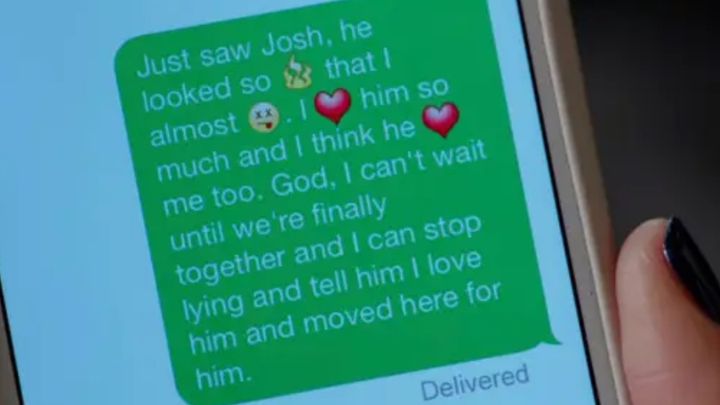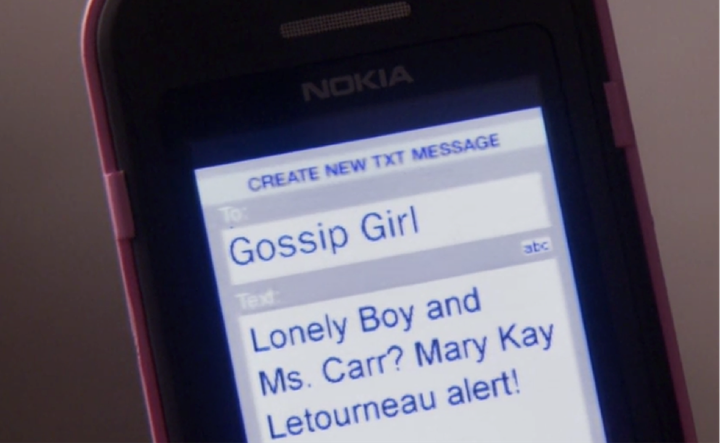
Those of us who run a little finicky perceptive might have developed a few TV and movie bugbears over the years.
For instance, you might wonder why characters never say “bye” when hanging up the phone on-screen. You might have questions as to why Hollywood refuses to actually call zombies “zombies”, as well.
You may even want to know why actors never seem to drink from a full cup.
Well, we at HuffPost UK have answers for those. But after noticing a post on X (formerly Twitter), we realised there was an issue we hadn’t tackled ― why do text exchanges look so fake in TV shows and movies?
So what’s going on here?
The original poster is right. It doesn’t take much money to build up a realistic-looking text exchange between two characters.
Indeed, writer, director, and editor Tony Zhou shared in a YouTube video that “texting is kind of visual so in theory this shouldn’t be hard”.
“And yet every time a filmmaker cuts to an insert of a phone, you can hear the audience yawning,” he adds.
But while sending the texts is basically free, “the director can save a tonne of money by not shooting 60 close-ups of phones,” Zhou explains.
Each shot is more pricey than, say, having an actor read the text aloud or editing in text above the phone à la BBC’s Sherlock and I May Destroy You.
Perhaps that’s why, when we do see screens, there hasn’t been enough close-up shots to warrant a buildup of text. It’s also “slow” and boring, to watch someone text.
Then, there’s the question of visibility ― the phones sometimes have to use “huge Grandma font” to be seen,” Zhou says, which is harder with more crowded text.

So how should we show texts?
On-screen texts, which appear in a bubble as the character types rather than in a separate shot of a screen, have been seen in shows like House Of Cards.
Speaking to The Atlantic, artist Ben Grosser said this overlaying style (seen in a different way in Sherlock) neatly combines the character’s performance and texting.
It reflects a “hybrid reality, a continued blend of being in physical space wherever we are, but constantly also engaged in digital connections — everything from text messaging to social networks,” he said.
Zhou agrees, saying the House Of Cards method “combines action and reaction in the same frame”.
So long as I don’t have to see that white space above the first on-screen message between a son and mother, I’m happy...
